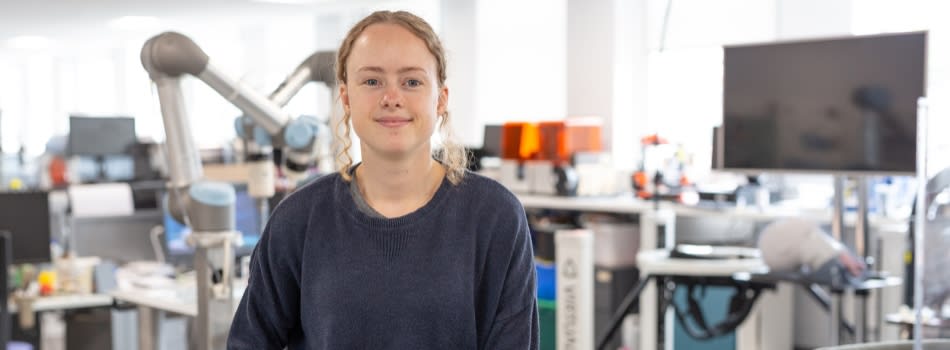Project ID: SST_2_1
Micron-sized particles can self-propel through liquid when some parts of their surface catalyze chemical reactions in a surrounding environment. Such self-propelled particles are envisioned as a key component of future advanced technologies providing, for example, novel methods for targeted drug delivery. However, the limited understanding of their dynamics in confined geometries as well as inability to efficiently control their trajectories hinders the development of advanced microfluidic applications.
The purpose of this research project is to combine theoretical and numerical approaches with state-of-the-art experimental techniques (to be provided by an external collaborator Dr. Uspal at the University of Hawai'i at Manoa) to develop systems that control the motion of active colloids using chemically patterned surfaces. The focus will be on catalytic colloidal particles that consume chemical fuel present in the surrounding liquid. Such chemically active particles evoke a hydrodynamic response of a nearby surface, and this response can be tuned by exploiting chemically patterned surfaces. This effect will be used to steer the trajectories of catalytic self-propellers. Various pattern geometries, relevant for motion within real devises, will be considered. As additional design parameters, the project will consider the particle shape and surface chemistry. This also includes consideration of mixtures of active “motor” and passive “cargo” colloids. A goal is to design surface patterns which could serve as roads to motor-cargo composite particles. Collective behaviour of dilute suspensions of active colloids will be tackled theoretically by using approximate coarse-grained kinetic models for one-body probability distribution function. The results will be compared with the predictions of more accurate descriptions incorporating effects of many-body hydrochemical interactions. Combining both approaches, it is expected to discover new dynamic phase-separation effects stemming from the interplay between the particle activity, concentration, suspension composition and the structure of confining surfaces.
Knowledge generated in this project may provide a route towards design of novel methods to control colloidal self-propulsion via smart patterned surfaces. This will enable development of autonomous microfluidic devices exploiting active colloids as information carriers and as micromotors. Potential applications could include novel systems for sorting and separation of micro-cargoes and generation of large-scale flows due to collective motion of active colloids.
Supervisory Team:
Mykola Tasinkevych
Lucas Goehring

 Continue with Facebook
Continue with Facebook




